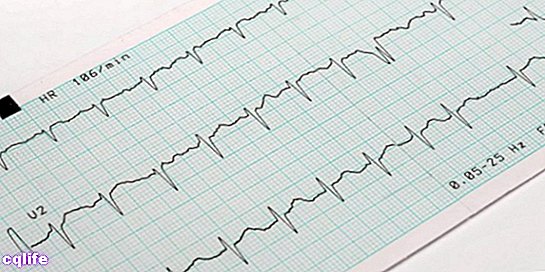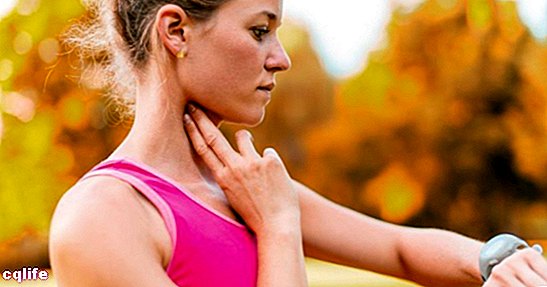- What is the pulse?
- Where is the pulse measured?
- Normal pulsation patterns
- How is the pulse measured?
- When to consult the doctor?
We explain what the heart pulse is, one of the most important vital signs. How and where is it measured? Normal values of pulsation.

What is the pulse?
The pulse is a movement generated by the heartbeat and serves as measurement of the same. They are the heartbeat that causes the arteries to expand and contract as the blood circulates through the body.
Therefore, the number of pulsations provides information about the pumping of this organ and through this it can be detected if there are certain problems or pathologies regarding strength and rhythm cardiac.
The pulse is one of the most important vital signs, one of the first to be seen when, for example, a person you have had an accident, a major fall or are ill. In addition to measuring blood pressure, temperature Y breathing.
Where is the pulse measured?

There are certain areas of the body where the heartbeat is perceived more clearly, it can even be detected with the fingers. These are:
- Neck
- Wrist
- Temple
- Inside of the knees
- Groin
- Inner foot
Normal pulsation patterns
According to the age ranges, different expected parameters are observed, these are:
- Up to 1 month of age. The heart rate is higher than in the rest of the vital stages, having between 70 to 190 beats per minute.
- 1-11 months old. The pulsations begin to descend until they are between 80 to 160 beats per minute.
- 1-2 years old. The pulse is usually between 80 to 130 beats per minute.
- 3-4 years old. Follow the descent to 80 to 120 beats per minute.
- 5- 6 years old. They present 75 to 115 beats per minute.
- 7 - 9 years old. Your pulse is between 70 to 110 beats per minute
- From 10 years to adulthood (and part of older adults). It is the longest period of years where the pulse is usually established between 60 to 100 beats per minute.
How is the pulse measured?

- First you have to be clear about the objective of the measurement, for example, if you want to know what the levels are reached when doing cardiovascular activity, this will be done at the end of the physical exercise. Otherwise you will need to rest for at least 10 minutes before measuring.
- Then, the index and middle fingers are placed on some of the previously mentioned areas, ideally on the place where the artery passes. It is pressed lightly until the pulse is detected and is held there for one minute, counting the beats. Or, for 30 seconds and then multiply by two.
- If you want to measure by the neck, it is recommended that the person lie down.
The heart rate can vary. The pulse is not always the same, in the same person there may be significant differences depending on the situation in which they are, so the number of beats per minute will not be the same at rest and in cardiovascular activity. In the same way it happens with age, the state of Health, sex or even, experiencing a certain type of emotion.
When to consult the doctor?
- Your resting heart rate is consistently high.
- Your resting heart rate is constantly low.
- Irregular pulse or also known as "jumps".
